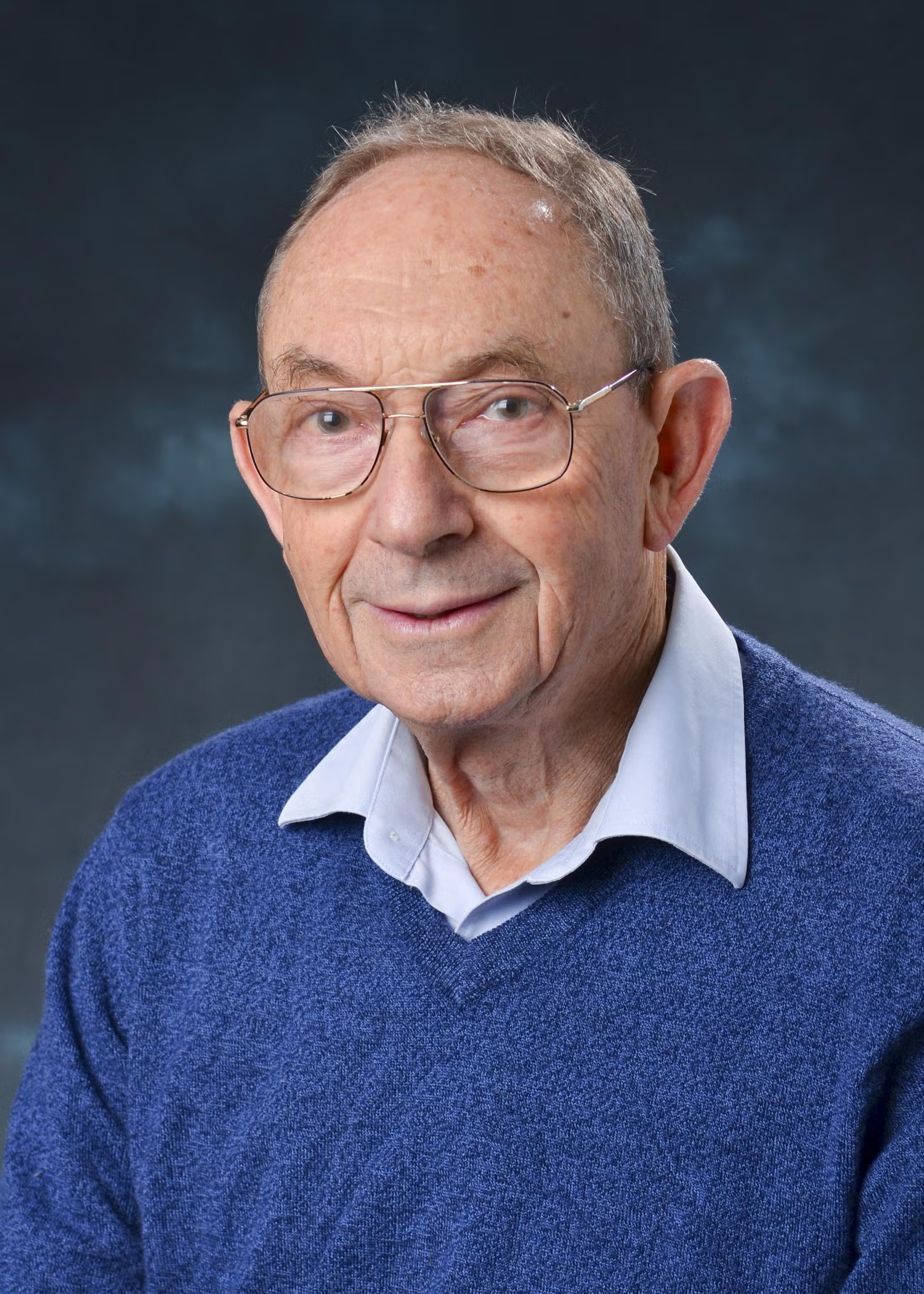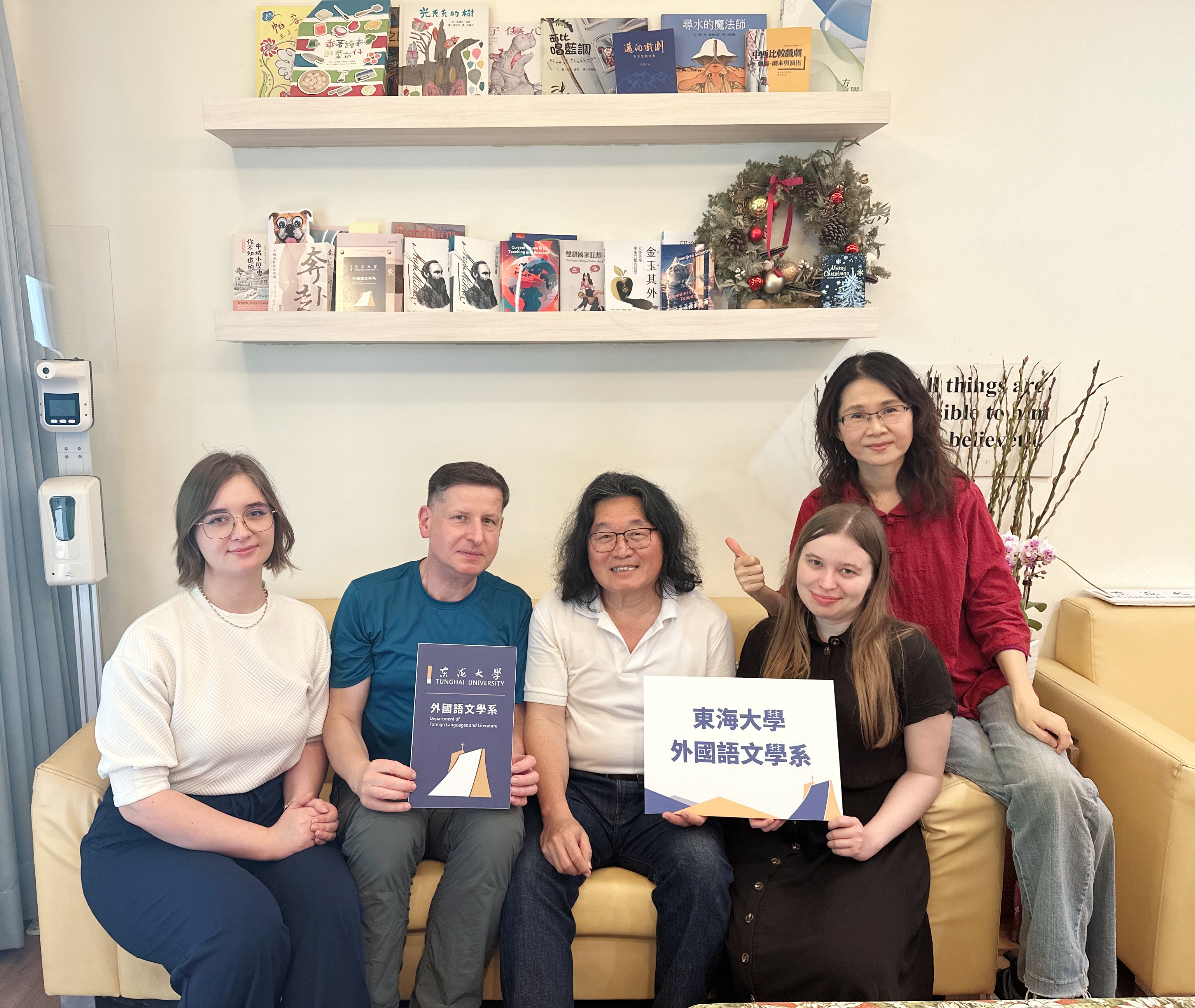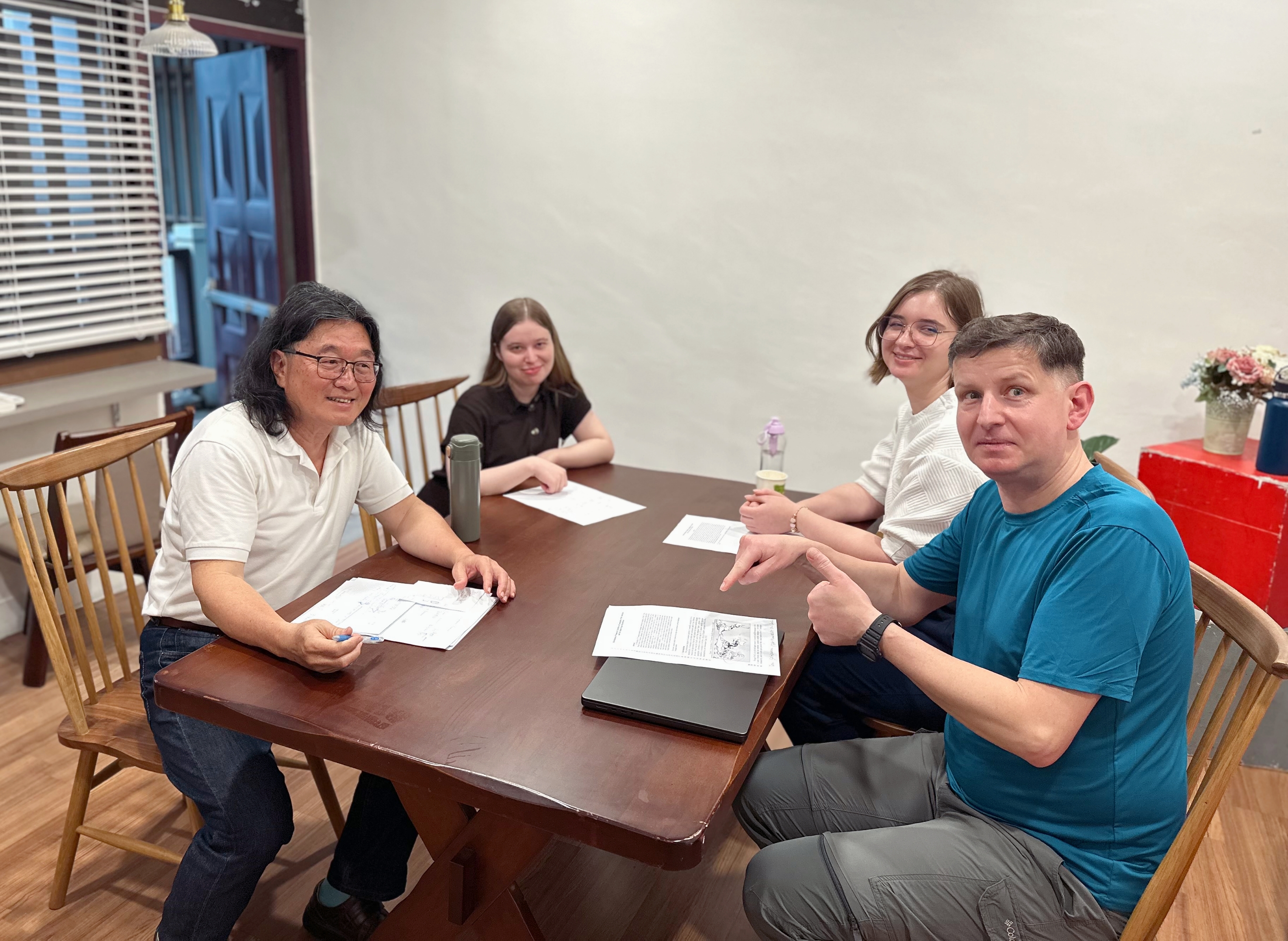Invited guests

Dr Éva Dékány
(Hungarian Research Centre for Linguistics, Eötvös University, 21-24 October 2024)
- Lecture in the Distinguished Professors Lectures series on "Constituency in classifier phrases";
- Workshop on classifiers for NCN project members.
Prof. Ernst Håkon Jahr
(Universitetet i Agder, Kristiansand, 2-4 April 2025)
- Lecture in the Distinguished Professors Lectures series on “Clara Holst (1868–1935) – an important but long forgotten Norwegian linguist and woman pioneer";
- Workshop on language contact and language policy.
Clara Holst (1868–1935), a pioneering Norwegian linguist and feminist, was the first woman in Norway to defend a PhD (1903). Her research focused on German, particularly Low German, and the contact between Low German and Scandinavian languages during the Hansa period. Some of her work clearly point forward in the direction of structuralism. However, due to her gender, she was never granted a university position in Norway. When she finally protested the discrimination she faced, she was soon relegated to obscurity and nearly forgotten. Until recently, her scholarly and feminist contributions were rarely acknowledged after she left academia in 1910. This represented a significant loss for Norwegian linguistics, as no one in the country was as experienced or up-to-date with international linguistics as she was. This lecture will outline her biography as a pioneering female linguist with extensive studies and work abroad, and will discuss her contributions, particularly to contact linguistics, historical linguistics, and dialectology
The workshop will familiarize UAM students and employees with multilingualism and language policy issues. In particular, it will address the history of the two official varieties of Norwegian, i.e., bokmål and nynorsk, in comparison with the history of language contact between Ukrainian and Russian.

Prof. Zygmunt Frajzyngier
(4-6 June 2025)
- Lecture on "Semantic structure encoded in the grammatical system and its consequences for syntax";
- Lecture on "How does working on undescribed languages enrich our knowledge?"
- Workshop on "Bases for non-aprioristic typology".
The aim of the present talk is to present the evidence for the following claims:
(1) The grammatical systems of individual languages code unique semantic structures. The semantic structures of individual languages are composed of a finite number of functional domains. Each functional domain is composed of functions that all share the defining feature of the domain. Each function within the domain differs from another function in just one feature (Frajzyngier 2023, 2024). For example, Indo-European languages have the domain of tense while some Chadic languages do not. Chadic languages code ventive (direction towards the speaker), while Indo-European languages do not. The domain of aspect in Polish includes perfective and imperfective aspect while the domain of aspect in English does not.
(2) Speakers can choose only from the functional domains and functions encoded in their languages. For example, speakers of English cannot systematically code perfective in every clause and speakers of Indo-European languages cannot systematically code ventive in every clause. Within the domain some functions may be default, and unmarked. Other functions must be marked by the coding means available in the given language.
(3) A single utterance represents one or more functions from different domains encoded in the grammatical system of the given language. In many languages, assertion is the default function in the domain of modality. Negation, questions, imperative, optative, empathy, etc. must be overtly coded.
The formation of utterances is driven by the principle of functional transparency (Frajzyngier 2004, forthcoming; Liu and Frajzyngier, forthcoming), which has three components: (a) transparency of the role of the utterance in discourse, as already postulated by Austin (1962); (b) indication of the type of function selected from the functions encoded in the grammatical system; and (c) transparency of the role of every constituent within the predication. Inflectional morphology, linear orders, intonation patterns, adpositions, serial verb constructions, and other coding means are the means to ensure the principle of functional transparency.
Conferences
Attended
1) 98th Annual Meeting of the Linguistic Society of America, New York, NY, 4-7 January 2024;
Kilarski, Marcin and Marc Allassonnière-Tang. 2024. "Types of classifier systems". (Poster)
2) 21st International Congress of Linguists, Poznań, 8-14 September 2024;
Kilarski, Marcin and Marc Allassonière-Tang. 2024. "Semantics of classifier systems". (Poster)
Upcoming
1) 9th Young Linguists’ Meeting in Poznań, Poznań, 16-18 May 2025;
Świdurska, Antonina and Nikola Zduńczyk. 2025. "The Diversity of Classifiers in Otomanguean Languages"
2) 58th Annual Meeting of the Societas Linguistica Europaea, University of Bordeaux Montaigne, 26-29 August 2025;
3) 54th Poznań Linguistic Meeting, Poznań, September 2025;
Thematic session "Rethinking the semantics of classifiers" convened by Marcin Kilarski (Adam Mickiewicz University), Marc Allassonnière-Tang (CNRS), and Éva Dékány (HUN-REN) [PDF description]
4) 100th Annual Meeting of the Linguistic Society of America, January 2026;
5) 52nd Annual Meeting of the Berkeley Linguistic Society, Berkeley, CA, February 2026.
Other activities
Noc Anglistów (29 November 2024)
(1) Lecture on "Documentation of Indigenous cultures and the Smithsonian Institution: The work and legacy of John Napoleon Brinton Hewitt, Bronisław Piłsudski, and Stanisław Poniatowski" by Igor Krupnik (Department of Anthropology NMNH, Smithsonian Institution), Tomasz Wicherkiewicz (Institute of Oriental Studies, Adam Mickiewicz University) and Marcin Kilarski [YouTube link] ;
(2) Lecture on "Classifiers: How to count in different languages" by Antonina Świdurska and Nikola Zduńczyk
Collaboration with the team from Tunghai University (3-4 March 2025)
(Department of Foreign Languages and Literature)

(1) Talk on "The Native languages of North America: An overview".

(2) Work meetings with Prof. One-Soon Her, head of the department Prof. Mei-Hui Liu, and Prof. Stano Kong.
